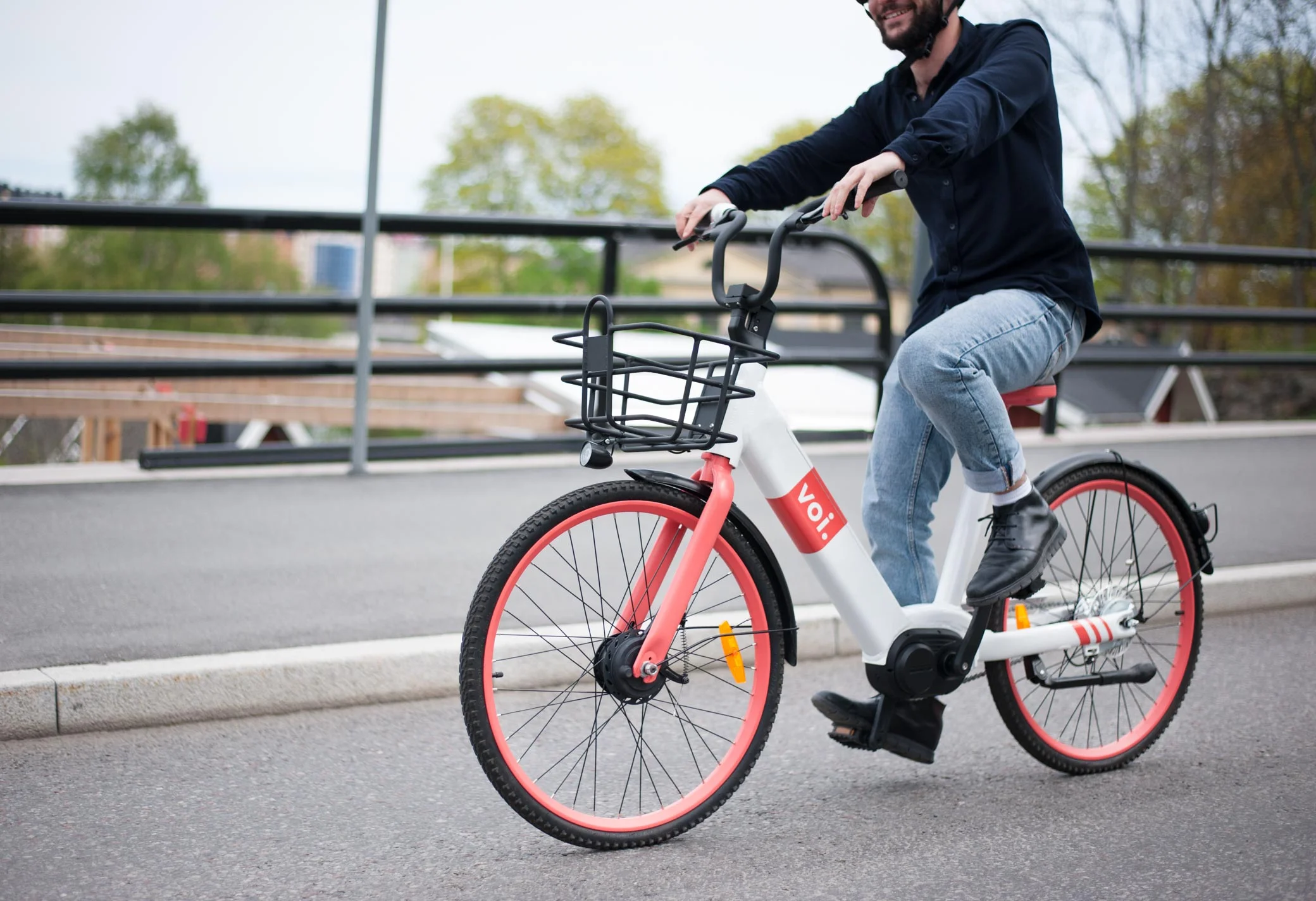
For some time now, investors and serial entrepreneurs alike have been aware of the projected annual growth rate of 45% for the e-Mobility market, as well as the predicted 506 billion EUR market value by 2025.
E-Scooters have already hit the streets in the majority of major cities across Europe, so what we are seeing now is the tail-end of the first big push in the widespread use of electric mobility. Those with a keen sense of market trends already have a good idea of what’s coming next. Some of the most interesting upcoming cases are related to complementary technologies or services coinciding with the e-Mobility trend. In other words, upcoming trends are seeking to capitalize on the substantial upward momentum or an ‘e-Mobility goldrush.’
So what is next on the horizon for the e-Mobility market?
- Self-driving e-Scooters that find riders or charging stations
- Aggregator apps to connect e-Mobility options
- e-Mobility B2B service solutions
Self-driving e-Scooters
“The days of going on a wild-goose chase to find an electric scooter or bike are over” -Co-founder and CEO of Tortoise, Dmitry Shevelenko
The ex-Uber exec wants Tortoise to be THE operating system making it easier for the insane number of micro-mobility operators to more strategically deploy their vehicles where they are needed most.
Tortoise will need help from both cities and micro-mobility operators to create predefined paths for the vehicles to be able to move themselves to the areas they are needed. To do this, they will have some autonomous technology in the vehicles in addition to a remote human operator.
Aggregator Apps
Within the changing landscape of employee recruitment, benefits are becoming as important as the number on the paycheck. ePilot is creating an e-Mobility employee benefits subscription so companies can take care of their employees’ daily commutes while also promoting an eco-friendly alternative to non-electric vehicles. Another problem the e-Mobility app is tackling is finding local and year-round riders for their micro-mobility providers.
With ePilot, the B2B gap is bridged between corporates and electric mobility service providers through premium subscription plans. The solution is a single platform that builds business relations within their ecosystem between service providers, employers, and users.
The need is pretty substantial for this particular aggregator service. In Berlin alone, there are more than 363,300 people employed in just the top 100 companies.
If ePilot is utilized by just 5% of this market, there are potentially 18,167 subscriptions.
E/RIDE
Maybe where electric mobility is most visible is in the B2C sector; however, there are many implementations in the less-noticeable B2B market that are already making waves on the scene.
Einride recently raised $25 million to accelerate commercialization of its autonomous, electric transport system. Their plan is to offer AET (Autonomous Electric Transport) solutions for the ground shipping of goods. Their shipping platform is supplemented with driverless Einride Pods.
The pods are autonomous, electric transport vehicles equipped with modular trailers for pallets, timber, perishable goods, and other standard shipping concerns.
E-Mobility Gold Rush
We know the real beneficiaries of the California Gold Rush were those that sold the picks. In the case of e-Mobility, the world saw many e-Scooter companies rushing onto the scene after seeing the billion US dollar valuations from companies like Lime and Bird. However, in the long run, it will most likely be the battery innovators, the aggregators and true business disruptors that will see themselves through as long-term business investment opportunities and otherwise.










